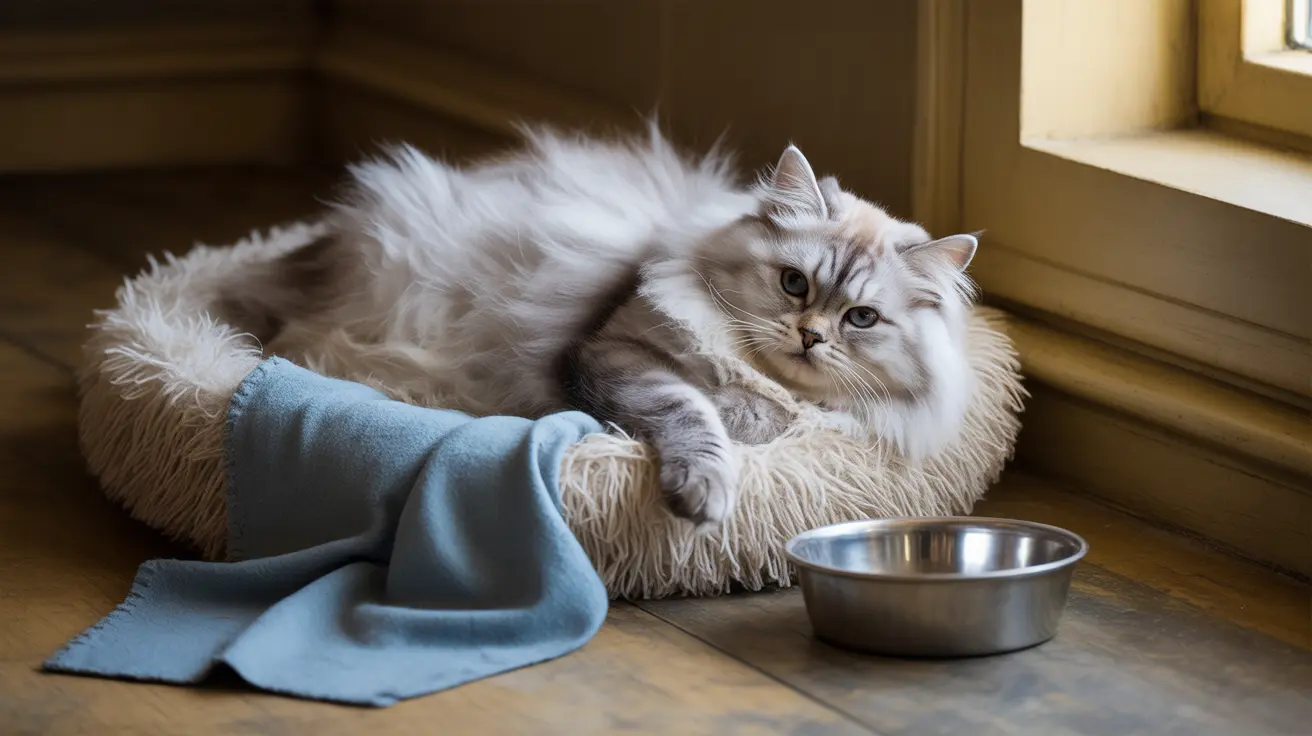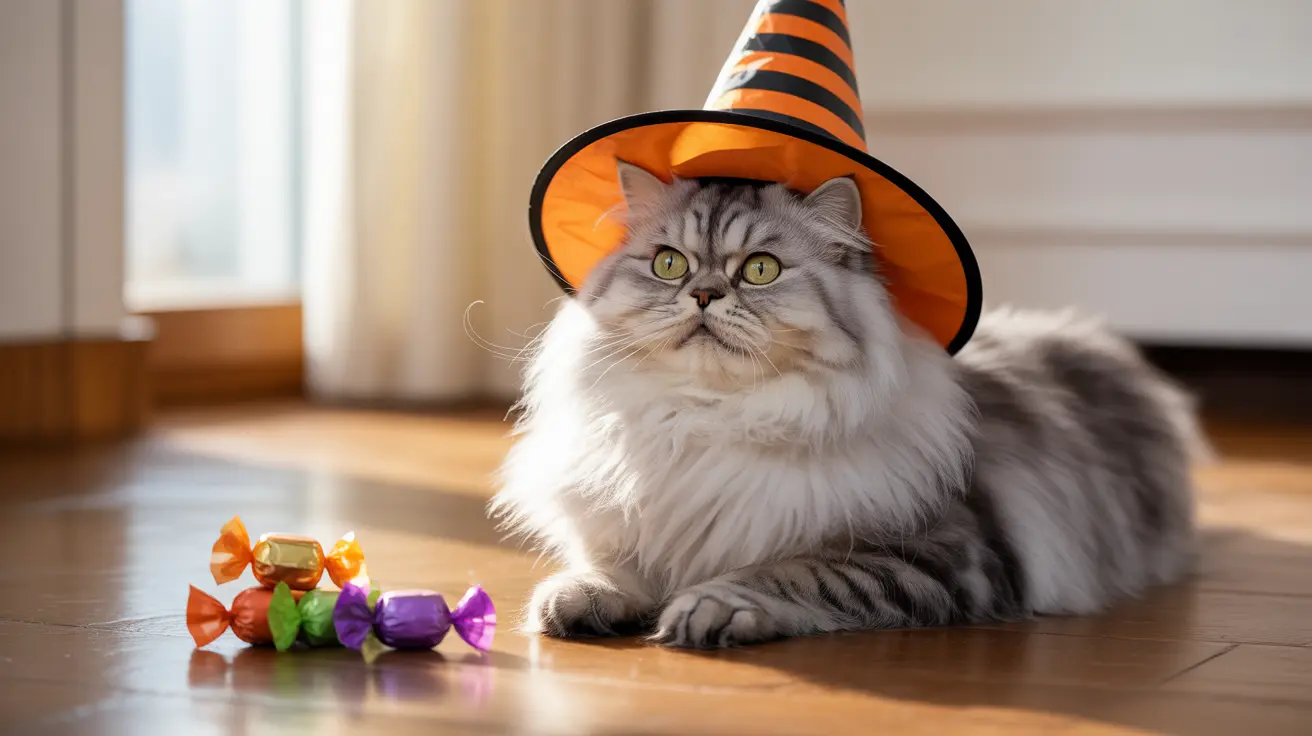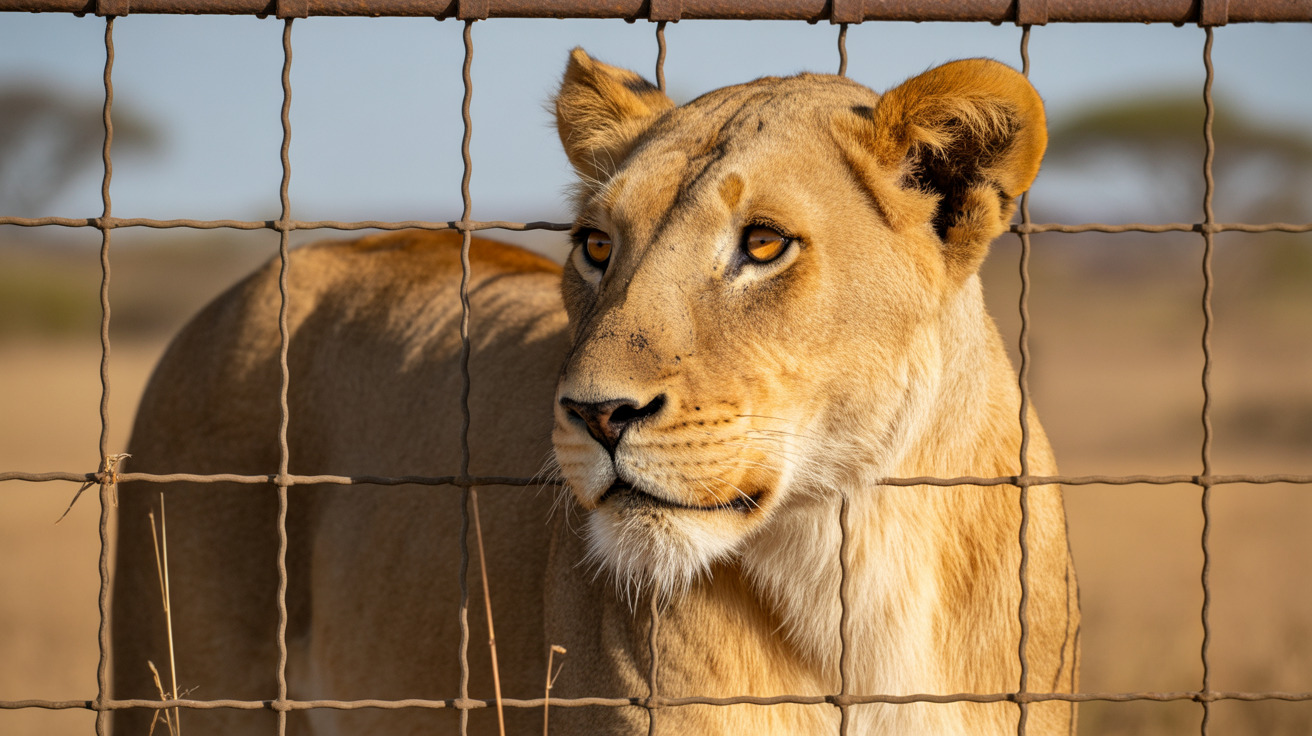Common Causes of Limping and Loss of Appetite
Physical Injuries
Trauma and injuries are frequent causes of both limping and appetite loss in cats. Whether from falls, fights, or accidents, physical injuries can cause enough pain to make cats reluctant to move or eat. Common injuries include:
- Sprains and strains
- Fractures
- Soft tissue injuries
- Deep bruising
- Puncture wounds
Joint and Musculoskeletal Conditions
Chronic conditions affecting the joints and bones can lead to both mobility issues and decreased appetite, particularly in older cats. These include:
- Arthritis
- Hip dysplasia
- Patellar luxation
- Degenerative joint disease
Infections and Disease
Various infections can cause both limping and appetite loss:
- Bacterial joint infections
- Abscesses from cat fights
- Calicivirus ("limping calici")
- Systemic infections affecting multiple body systems
Signs That Require Immediate Veterinary Attention
Certain combinations of symptoms warrant emergency veterinary care:
- Severe limping with complete refusal to eat
- Signs of trauma or visible wounds
- High fever alongside limping
- Extreme lethargy or collapse
- Vocalizing in pain
- Swelling or deformity in the affected limb
First Aid and Home Care
While waiting to see a veterinarian, you can provide basic care:
- Restrict movement by confining your cat to a quiet, comfortable space
- Provide easy access to fresh water and food
- Keep the cat warm and comfortable
- Never give human pain medications
- Monitor breathing and overall condition
Treatment and Recovery
Treatment plans vary based on the underlying cause but may include:
- Pain management medications
- Antibiotics for infections
- Surgery for severe injuries
- Physical therapy
- Environmental modifications
- Dietary adjustments to encourage eating
Prevention Strategies
To reduce the risk of future incidents:
- Keep cats indoors or create a safe outdoor environment
- Maintain regular veterinary check-ups
- Keep vaccinations current
- Provide appropriate scratching posts and climbing structures
- Maintain a healthy weight
- Address potential hazards in your home
Frequently Asked Questions
Why is my cat limping and not eating, and does this mean it's serious?
Yes, the combination of limping and not eating is serious as it typically indicates significant pain or illness. These symptoms together suggest your cat is experiencing distress that requires veterinary evaluation.
What injuries or illnesses commonly cause both limping and loss of appetite in cats?
Common causes include physical trauma, arthritis, infections, abscesses, bone diseases, and systemic illnesses. The combination often indicates that the underlying condition is causing significant pain or affecting multiple body systems.
How can I provide first aid at home if my cat is limping and refuses to eat before seeing the vet?
Keep your cat confined in a quiet, comfortable space, provide easy access to water and food, and monitor their condition. Don't force them to move, and avoid giving any human medications as these can be toxic to cats.
When should I take my limping cat with no appetite to the veterinarian immediately?
Seek immediate veterinary care if you notice severe limping, complete food refusal, signs of trauma, high fever, extreme lethargy, or any combination of these symptoms. These could indicate a serious condition requiring urgent treatment.
Could infections like abscesses or limping calici virus be the reason for my cat's limping and appetite loss?
Yes, infections including abscesses from cat fights and viral infections like calicivirus can cause both limping and appetite loss. These conditions require proper medical treatment and shouldn't be left to resolve on their own.
Conclusion
When your cat is both limping and not eating, it's essential to take these symptoms seriously and seek professional veterinary care. Quick action can prevent complications and ensure the best possible outcome for your feline friend. Remember, cats are masters at hiding pain, so when they show obvious signs of distress, it's time to act promptly.






